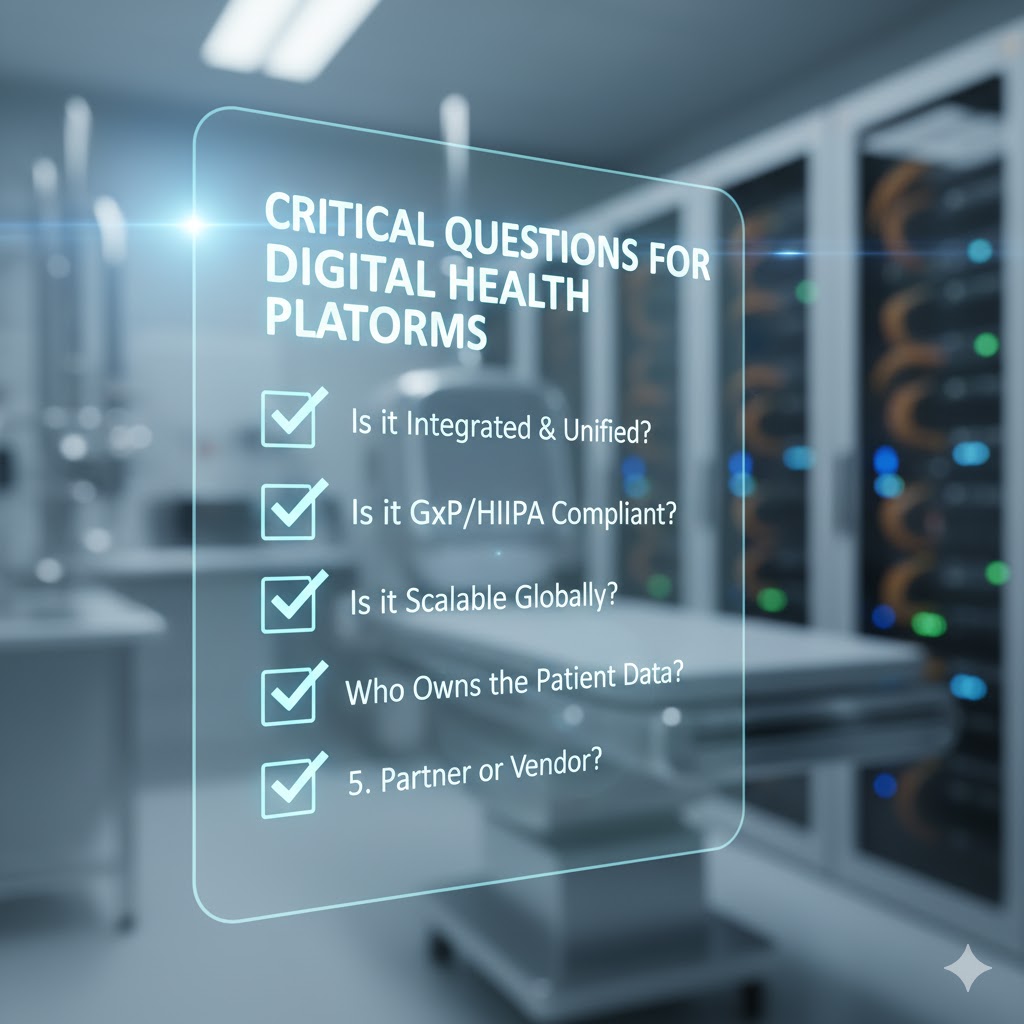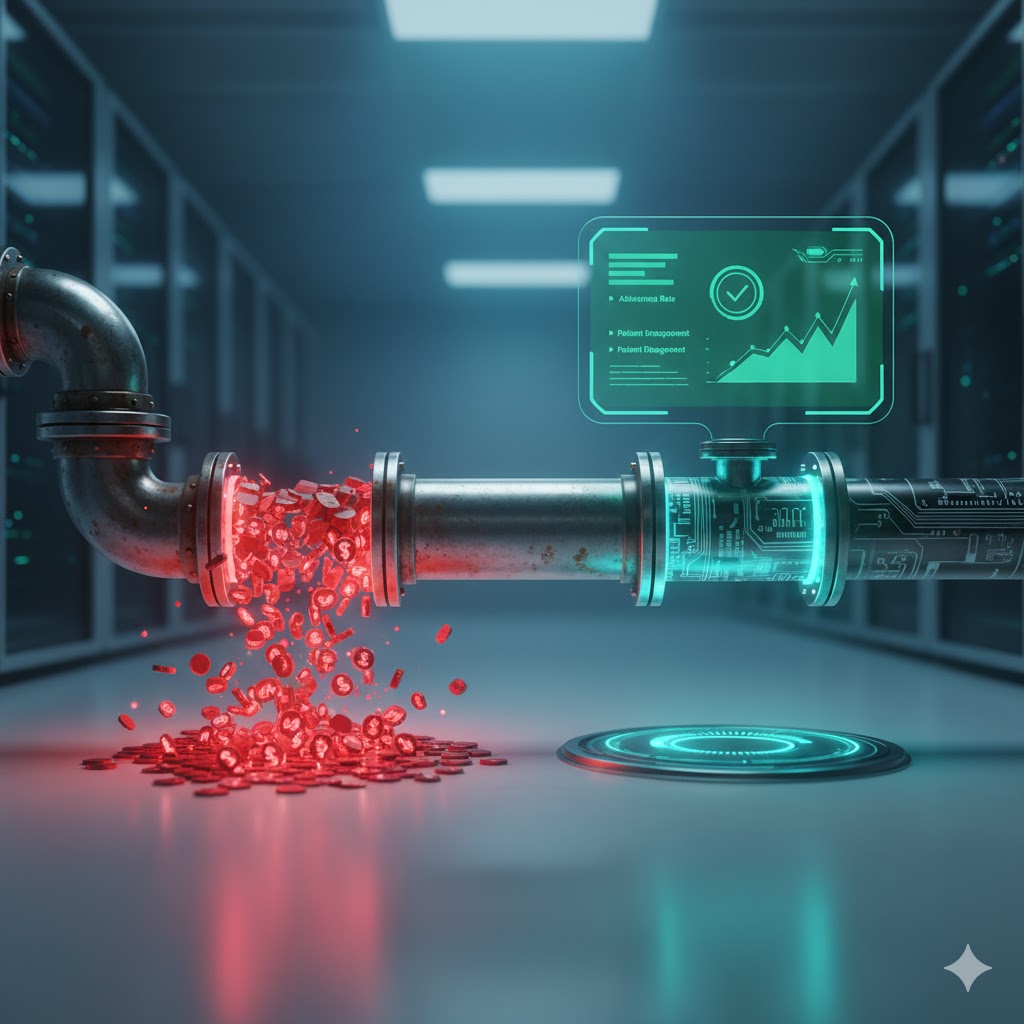Integrating Clinical Trials with EHR Systems: Challenges and Strategies
Integrating Electronic Health Records (EHRs) with clinical trial platforms promises faster recruitment, cleaner data, and reduced operational overhead. Yet despite its appeal, EHR integration remains one of the most complex hurdles in running modern studies—and it’s important to understand that not all forms of integration are appropriate for every study.
This article explores the strategic and technical considerations of EHR integration and offers best practices for sponsors, CROs, and research sites aiming to make the most of this opportunity.
Why EHR Integration Matters for Clinical Trials
Done right, EHR integration can transform clinical operations:
- Accelerated patient recruitment by enabling real-time screening based on clinical criteria
- Cleaner data by eliminating redundant data entry and reducing transcription errors
- More complete datasets that include medical history, labs, comorbidities, and outcomes
- Faster trial timelines through embedded workflows and automation
However, the right method of integration depends on geography, study design, and regulatory constraints.
Common EHR Integration Methods in Clinical Trials
1. Patient-Mediated Access (Patient-Initiated)
The most common approach in U.S.-based studies. Patients log in to their patient portal (e.g., Epic MyChart) and authorize access to their health records for a defined period (typically 6–12 months, depending on the EHR vendor).
Advantages:
- No need for formal integration with the health system’s IT
- HIPAA-compliant with clear audit trails
- Works well for observational and non-interventional studies
Limitations:
- Only works within the U.S.
- Requires patients to remember portal credentials
- Duration of access is vendor-dependent
2. HIE-Driven Access (CommonWell, Carequality, etc.)
This method uses Health Information Exchanges to retrieve data automatically across institutions. However, it typically requires that a licensed clinician be involved in treatment—not just observation.
Advantages:
- Easier for patients (no login required)
- Pulls structured data from multiple institutions
Limitations:
- Only works when there’s a billable treatment interaction
- Often not suitable for pure research protocols
- Limited adoption in some regions
3. Direct EHR Integrations
Sponsors or tech vendors integrate directly with EHR vendors like Epic, Cerner, or Meditech to retrieve structured data.
Advantages:
- Enables automation at scale
- Can support broader use cases including recruitment, safety alerts, and outcomes tracking
Limitations:
- Time-consuming and expensive
- Requires site-level IT approvals
- Often not feasible for single-site or short-duration trials
4. International and Non-U.S. Scenarios
Outside the U.S., patient-mediated and HIE methods typically do not work. Options include:
- Direct integrations where feasible, though site-by-site negotiations are often required
- Manual uploads of lab reports and discharge summaries to the EDC
- AI-enabled parsing of scanned or PDF documents to extract structured data from unstructured records
5. TEFCA and QHINs
Some sponsors ask about TEFCA and its potential for research access. While promising in theory, the rollout and real-world adoption remain limited. A recent analysis from Fasten Health highlights the gap between policy and practice.
Key Use Cases for EHR Integration in Clinical Trials
- Patient recruitment: Identify eligible participants using clinical criteria from EHRs
- Pre-population of EDC fields: Reduce site workload and speed up data entry
- Real-world evidence (RWE): Link trial data to longitudinal EHR data for hybrid studies
- Safety monitoring: Use EHR alerts or lab systems to flag potential adverse events
- Regulatory submissions: Streamline data exports and traceability from source to submission
Common Challenges in EHR Integration
- Interoperability barriers: Inconsistent data standards (HL7, FHIR, CDA) across systems
- Vendor variability: Differences between EHR vendors and institutions
- Data mapping complexity: Aligning structured EHR data to study-specific CRFs
- Privacy and compliance: HIPAA, GDPR, and institutional policies around data sharing
- Technical infrastructure: Legacy systems or lack of API support
- Workflow fragmentation: Clinical and research teams may operate in parallel silos
Strategies for Successful EHR Integration
- Start with specific use cases: Recruitment and demographic pre-fill are good entry points
- Leverage standards like SMART on FHIR where supported
- Use middleware or patient-mediated approaches for faster rollout
- Engage site IT and compliance early to avoid delays
- Pilot with one site before scaling
- For international sites, consider PDF upload parsing or manual workflows
Emerging Trends and Technologies
- AI tools for structured data extraction from PDFs and scanned documents
- SMART on FHIR app expansion in U.S. hospital systems
- Growing patient familiarity with digital health data access
- Regulatory interest in broadening real-world data usage in trials
Real-World Examples
- A sponsor doubled recruitment speed using patient-mediated access to portal data across Epic systems
- A CRO extracted medication history via SMART on FHIR, saving hours per participant
- A European site used AI parsing to convert hospital PDFs into structured trial data
Key Takeaways
- EHR integration offers value, but not all methods are feasible for all trials
- U.S. studies often use patient-mediated access; international sites need alternate workflows
- TEFCA is promising but not yet widely implemented for research
- Pilot projects, clear use cases, and flexible architecture are key to scalable success
Frequently Asked Questions (FAQs)
1. What’s the best way to start with EHR integration?
Patient-mediated access is the fastest and most scalable option in the U.S.
2. Do HIEs work for clinical trials?
Only if the trial involves clinical treatment that meets HIE data access requirements.
3. What about international EHR access?
Direct integration or AI-based document parsing are common approaches. Patient-mediated access typically doesn’t work.
4. Is TEFCA a viable option?
Not yet. Adoption is limited and varies by region. Most use cases still rely on existing EHR or HIE infrastructure.





